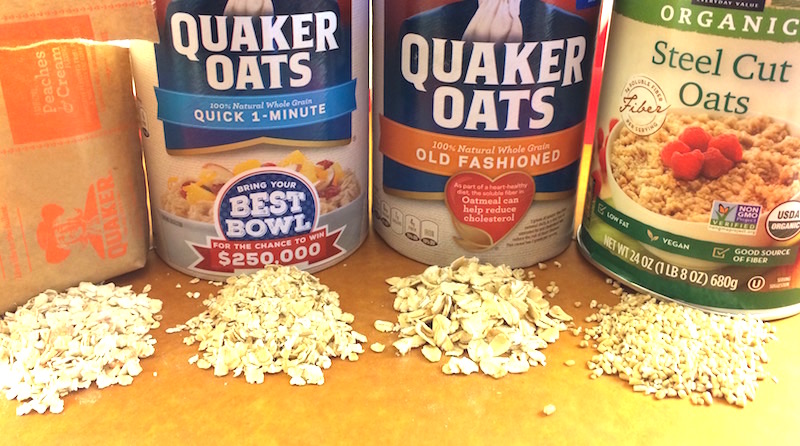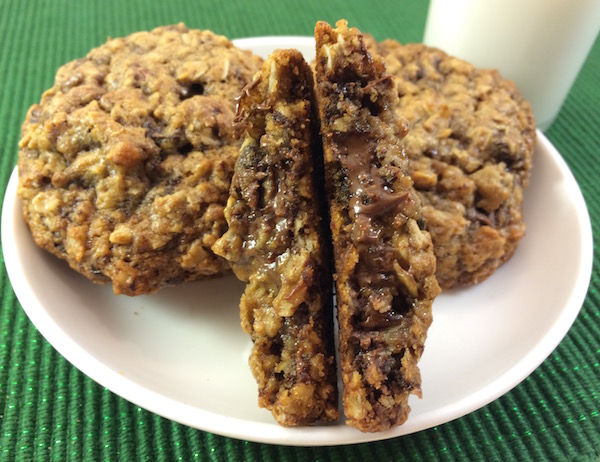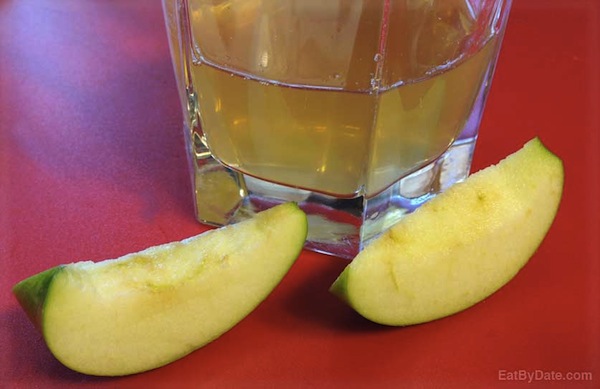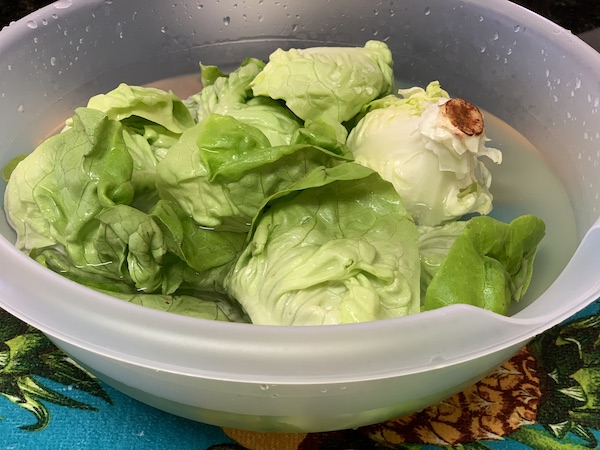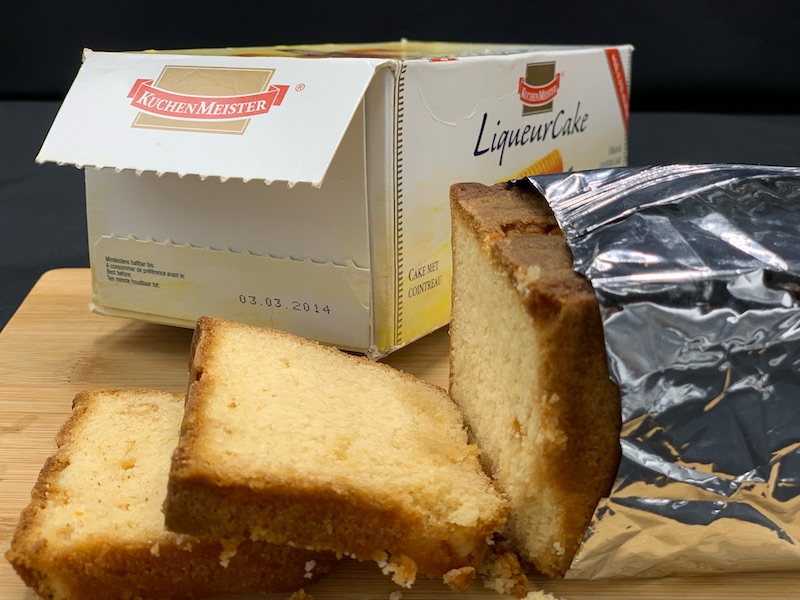Yogurt Choices
There are so many yogurt choices out there. What was once a tiny section in the refrigerator section of the market is now an entire isle in most supermarkets! Are they all healthy? Are they all created equal?
Let’s explore different yogurt types and their health benefits a little bit deeper.

Yogurt Choices
Types of Yogurt
The basic types of yogurt widely available today
are:
1) Traditional
This yogurt is unstrained, meaning that it still
contains the whey, making it thinner than the newer
styles of yogurt. It usually has more calcium and
natural milk sugars than the other varieties.
2) Greek
This type of yogurt now makes up almost half of the
yogurt sold in the United States. It is a strained
yogurt which means that some lactose, calcium, milk
sugars and minerals have been removed from the
yogurt. The sugar and carbs remaining here are
usually about half of traditional types. Although
all of these have been removed, what remains is a
much thicker yogurt that is higher in protein. One
cup of Greek yogurt can contain up to double the
amount of protein as traditional yogurt.
3) Icelandic
This is the thickest variety of yogurt available. It
takes 4 cups of milk to result in just one cup of
Icelandic yogurt, giving it the highest
concentration of protein among yogurts. This is also
a strained yogurt, but it also has the longest
incubation period of all the yogurts. The result is
a tart yogurt containing the lowest amount of milk
sugars.
4) Australian
This yogurt is an unstrained variety made with whole
milk, which leaves it creamy and with a higher
concentration of fat than traditional.
5) Non-Dairy
There are now also many non-dairy yogurts appearing.
They are cultured from such products as soy, coconut
and almonds. They usually have calcium added to make
up for the missing milk ingredient, so check for
this.
Are All Yogurt Types Healthy?
Are all types of yogurt healthy?
Some not so much.
Too much of goodies like fats and sugars and/or too
little probiotic activity within the container can
negate healthy yogurt benefits.
Below are some guidelines on what to check for
when comparing yogurts.
Look for this seal (live & active cultures seal) for the yogurt choice to contain the highest amount of probiotics.

The healthier choice here is plain yogurt with 9 grams or less of natural sugar per serving. For flavored ones, look for 15 grams or less. Higher than 17 grams and it’s like eating a small candy bar.
Full fat yogurts are creamier and still healthy if you remember to account for the saturated fat in your total daily intake (which should be less than 7% of your total daily calorie intake).
Yogurt Choices
Additional Info
Be sure to check the EatByDate yogurt (yoghurt) page for how to tell if yogurt is going bad.
For more on cultures, see our yogurt cultures post.
If your yogurt cultures have gone bad then check our yogurt substitute page.
If you’re thinking about the freezer for storage, see our freezing yogurt post.


